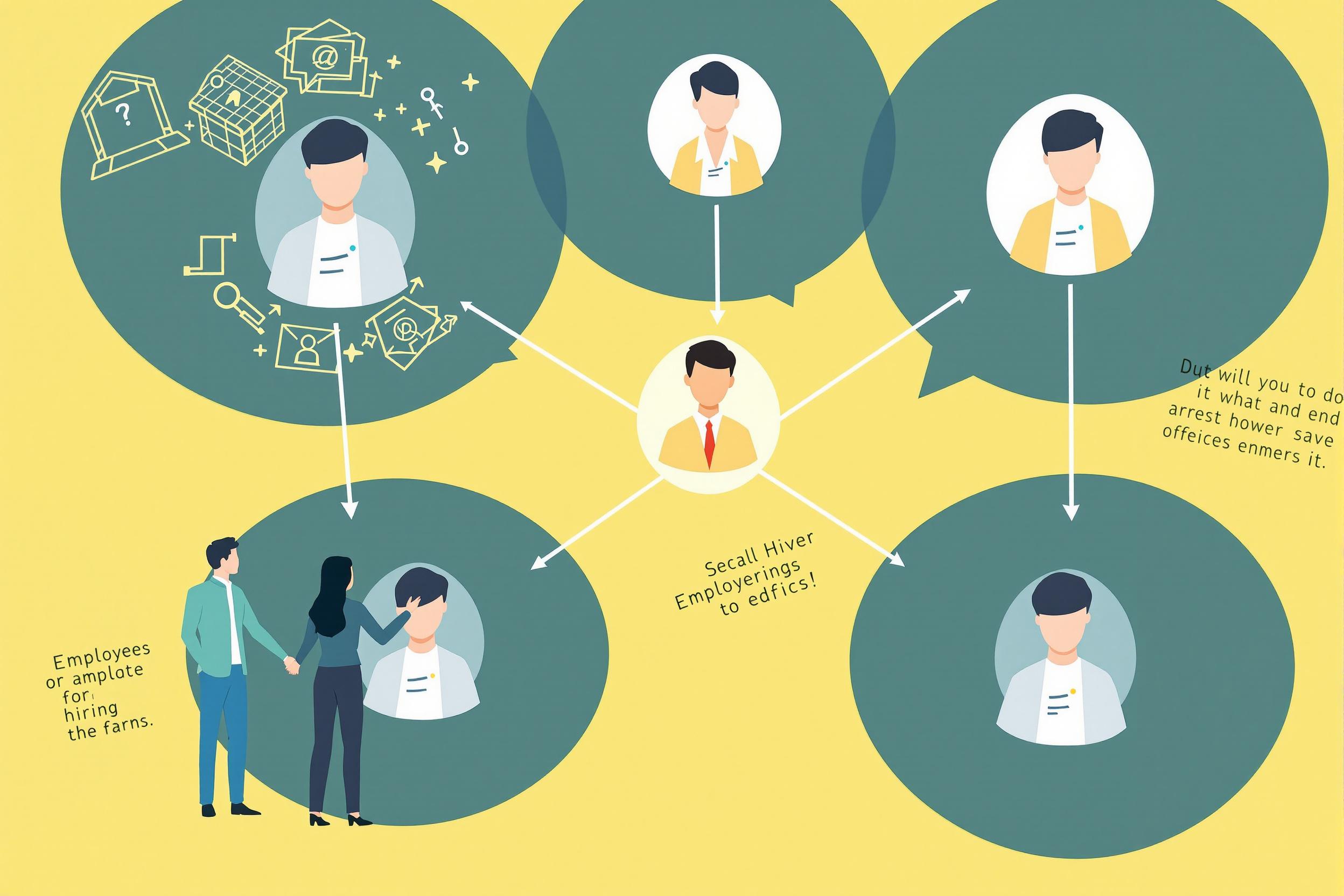
Positive Reinforcement
Positive Reinforcement is a teaching and behavior management approach where educators reward good behavior to encourage its repetition. It's like giving a student a gold star for completing homework on time - the reward makes them more likely to do it again. This method is different from punishment-based approaches and is widely used in modern education. Similar terms include positive behavior support or rewards-based learning. Teachers use this approach to create a supportive learning environment and help students develop good habits. It's a key part of classroom management and student development strategies.
Examples in Resumes
Implemented Positive Reinforcement techniques resulting in 30% improvement in classroom behavior
Developed Positive Reinforcement strategies to support students with diverse learning needs
Created classroom management system using Positive Reinforcement methods to enhance student engagement
Used Behavioral Reinforcement techniques to improve student participation and academic performance
Typical job title: "Teachers"
Also try searching for:
Where to Find Teachers
Professional Organizations
Online Communities
Job Boards
Example Interview Questions
Experienced Teacher Questions
Q: How would you design a school-wide positive reinforcement system?
Expected Answer: Should discuss creating consistent rewards across grade levels, involving all staff members, setting clear expectations, and measuring effectiveness. Should mention ways to adapt the system based on student age groups and school culture.
Q: How do you train other teachers in positive reinforcement techniques?
Expected Answer: Should explain methods for mentoring colleagues, sharing successful strategies, providing examples of implementation, and helping others troubleshoot common challenges with positive reinforcement.
Mid-Level Teacher Questions
Q: How do you modify positive reinforcement strategies for different age groups?
Expected Answer: Should explain how rewards and recognition methods change from younger to older students, and how to keep reinforcement age-appropriate and effective.
Q: Describe how you would use positive reinforcement in a challenging classroom situation.
Expected Answer: Should provide specific examples of turning difficult situations around using positive reinforcement, including how to maintain consistency and fairness.
Beginning Teacher Questions
Q: What are some examples of positive reinforcement you can use in the classroom?
Expected Answer: Should be able to list various types of rewards and recognition, such as verbal praise, sticker charts, privilege systems, and class rewards.
Q: How do you establish a positive reinforcement system in your classroom?
Expected Answer: Should describe setting up basic reward systems, creating clear rules and expectations, and consistently applying positive reinforcement techniques.
Experience Level Indicators
Junior (0-2 years)
- Basic classroom management techniques
- Implementation of simple reward systems
- Daily positive feedback strategies
- Individual student encouragement methods
Mid (2-5 years)
- Differentiated reinforcement strategies
- Behavior modification techniques
- Parent communication about behavior
- Group reward systems
Senior (5+ years)
- School-wide behavior systems
- Mentoring other teachers
- Complex behavior intervention plans
- Program development and evaluation
Red Flags to Watch For
- Only uses punishment-based discipline
- Cannot provide specific examples of successful reinforcement strategies
- Shows no understanding of different age group needs
- Inconsistent application of reinforcement techniques
- Lacks documentation of behavior management
Related Terms
Need more hiring wisdom? Check these out...

The Magnetic Pull of Social Proof: How to Make Candidates Flock to Your Company

From Passive to Active: Nurturing Candidates Over the Long Haul

The Secret Weapon in Your Office: How Employee Referrals Transform Hiring

